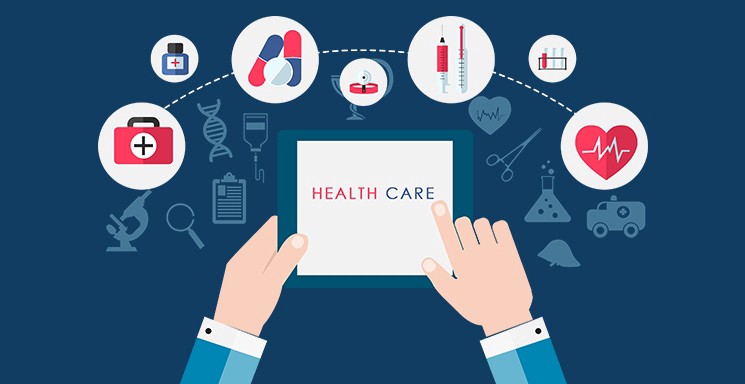Healthcare professionals continue to face several challenges, including cyber threats, pandemics, and violent acts. These issues can have long-term consequences and make it difficult for healthcare professionals to complete their work tasks safely and efficiently. Fortunately, there are plenty of ways to identify potential challenges and eliminate or minimize the risk. With this in mind, here are the top five risks facing the healthcare industry today:
1. Cyber threats
Modern technology has revolutionized the healthcare industry and greatly improved patient care. For instance, electronic databases allow doctors and other healthcare professionals to access patient records instantly and administer the most appropriate treatment. While this has enhanced the level of care medical professionals provide, it has also left healthcare organizations vulnerable to cyber threats. Cyber criminals often target patient records, and healthcare facilities must take steps to keep sensitive information secure and protected. A data breach can have serious long-term implications and lead to damage to reputation along with potential liability fees. Luckily, hospitals and other medical facilities can improve their information security by applying encryption and only allowing access to essential personnel. Healthcare facilities should also avoid using shared accounts and train staff on best practices to avoid cyber breaches.
2. Pandemics
Pandemics present a major challenge to hospitals and put a huge strain on healthcare facilities. Failing to prepare for pandemics like influenza can leave medical facilities unable to manage the high number of patients requiring treatment, which will increase death rates. For that reason, healthcare organizations must plan for pandemics and ensure that they have the staff and supplies to handle an outbreak. Often, hospitals have to coordinate with nearby medical facilities to ensure that they have enough space and equipment to respond to a pandemic. Many elective procedures are also delayed to help lower patient numbers and reduce pressure on medical staff and facilities. Pandemics cause significant strain on healthcare systems, but there are many ways for hospitals and other medical facilities to prepare and manage outbreaks and ensure the best level of care possible.
3. Violent acts
Sadly, hospitals and other medical facilities are often subject to acts of violence and many healthcare professionals experience harassment and other forms of disruption in the workplace. These acts put patients and healthcare professionals at risk and should not be tolerated under any circumstances. Healthcare organizations can help prevent violent acts by enforcing a zero-tolerance policy and making perpetrators aware that they will face punishment, including termination. There should also be clear systems in place for identifying and reporting acts of violence such as harassment or attacks. Any instances of workplace violence should be assessed in detail and special consideration should be given to any action that could have prevented the violent act. Healthcare organizations should also provide ongoing support for any employees who experience violence within the workplace. There are plenty of resources and articles providing further advice on how to prevent violence within healthcare settings.
4. Compliance issues
Healthcare organizations are governed by a wide selection of rules and regulations. Understanding the various procedures in place can be complex, which makes healthcare settings vulnerable to compliance issues. For example, a simple administration error could lead to a healthcare fraud investigation, which may result in large fines and even prosecution. Healthcare professionals must be aware of potential risks and follow best practices to avoid facing compliance issues. If you ever find yourself involved in a healthcare fraud investigation, then you should contact professionals such as the HEALTHCARE FRAUD GROUP immediately to seek expert legal advice. Having professional assistance will help to minimize any damage to your career and reputation.
5. Hospital infections
Healthcare-acquired infections (HAIs) are a significant threat to healthcare organizations and cause thousands of deaths each year. According to experts at Becker’s Healthcare, “there are around 1.7 million HAIs each year, which costs the healthcare industry billions of dollars.” Infections like pneumonia and bloodstream infections can spread quickly within healthcare settings and infect patients who are vulnerable and already receiving treatment. These patients are much more likely to develop serious complications as a result of the infection, which puts significant pressure on medical resources. With that in mind, healthcare organizations must have policies in place to help prevent cross-contamination and minimize the risk of infection. Some simple strategies to reduce HAIs include maintaining good hand washing and sanitation practices, disinfecting medical tools and equipment, and conducting regular risk assessments.
Summary
Healthcare organizations are coming under extreme pressure due to higher numbers of patients and increasing demand for healthcare. Medical professionals continue to face many challenges that could threaten their safety and the safety of their patients. In response to this, healthcare organizations must assess potential challenges and take the necessary steps to eliminate or minimize the risk and ensure a safe and efficient workplace.






